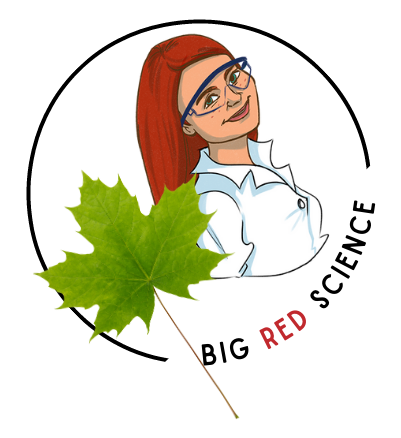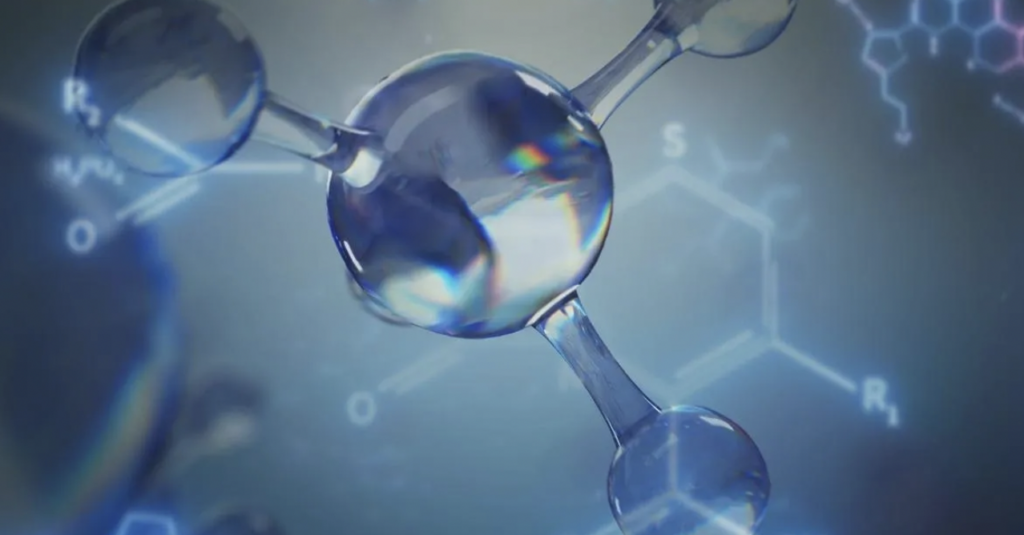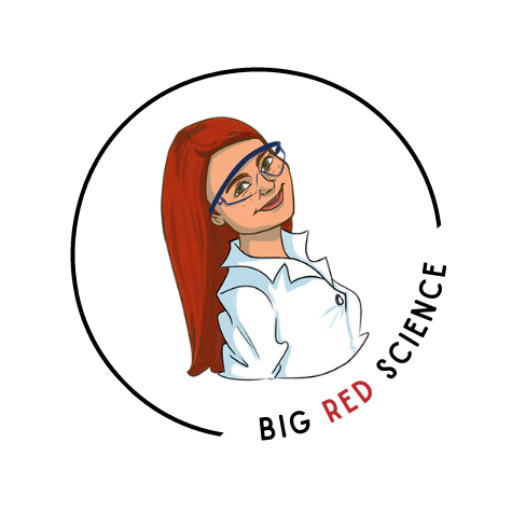Don’t you love when the next big new science movie comes out? Better yet – a new series?! (Psssst…you can check out a list of all my favourite science movies for the classroom here!)
I can’t get enough of the newest PBS NOVA 3-part docuseries Beyond the Elements. If you’re a fan of Hunting the Elements that was released in 2012, you HAVE to check out Beyond the Elements immediately!
This series is also narrated by David Pogue and continues to explore the periodic table.
There are three episodes, each about 53 minutes long.

How can you use these movies in your classroom?
Lots of ways!
- Show a movie at the beginning of a unit so that you’ll have some stories that can be revisited when you reach a particular concept;
- Show it at the end of a unit or semester and challenge students to make connections to topics they’ve explored;
- Preview the movies and show certain parts to introduce concepts.
I’ll give you a quick summary below as well as chemistry curriculum topics it can be used to anchor for students.
Part 1: Reactions
This documentary looks at chemical reactions involved in fire, making concrete, fertilizer, explosives, hot peppers, and venom and its uses in medicine.
I love that there is a variety of types of reactions here, and the hot pepper-eating contest that David Pogue participates in is HILARIOUS! Some great phenomena are explored!
Curriculum topics covered Part 1:Reactions:
- Reactions (particularly combustion…there is a section about fire AND a section about explosions!)
- Bonding (ionic and covalent bonds are discussed in section about concrete)
- Equilibrium (it outlines Haber and the Haber process, which is a common reaction to use when introducing equilibrium)
- Connections to medicine (the final segments are about how drugs can be developed from venom!)

Part 2: Indestructible
A fascinating look at materials chemistry. It looks at glass (i.e. talks about crystalline vs. amorphous solids), rubber, oil, nylon and other plastics (and polymers in general). This is an area of chemistry that I wish was part of more high school curricula. We might touch on types of solids and mayyyybe polymers, but it’s pretty limited. And yet, there is SO MUCH innovation in this field of chemistry! Chemistry is often presented as only reactions, but I think there should be an increased focus on using reactions and procedures to create STUFF. And then how to make that STUFF even better! This is a nice easy way to show kids that chemistry extends beyond our high school classes.
Curriculum topics covered in Part 2: Indestructible
- Solids (a cool section about glass)
- Polymers (super interesting sections on rubber and nylon)

Part 3: Life
You’re going to looooove this episode! An interesting journey through the overlap of chemistry and biology. Scientists talk about their research on how improving the efficiency of the main enzyme of photosynthesis (Rubisco) can improve food availability (SO COOL!). It also talks about the atmosphere and ozone, macromolecules, polarity (and how soap works), and research on directed evolution. Definitely useful for Biology class as well.
Curriculum topics covered in Part 3: Life
- Photosynthesis (such cool research about rubisco!)
- Macromolecules (Pogue “shops” for the different macromolecules)
- Polarity (the structure of soap is broken down and is talked about in the context of its importance in research on how LIFE BEGAN! This was new to me!)
- Evolution (the movie finishes with the work of a female scientist, Frances Arnold, who recently won a Nobel prize for her directed evolution research!)

I’m a huge believer that movies can be used purposefully enhance learning. If you need a reminder of my 6-step method to using science movies in the classroom check out my previous blog post. And if you’d like to save yourself the work and grab the movie guides I’ve already made for this series, you can do that here.
That’s it! Let me know how your students like these movies!
Scientifically yours,
Mo
P.S. Don’t forget to check out my other fave science movies to use in the classroom! Click here for a full list that is broken down by subject (Biology, Chemistry, Physics, Environmental Science, and Math) and includes a summary of the content, run time, and topics covered.
P.S.
Psst…are you a NEW-ish TEACHER interested in some classroom management tips to ensure you’ll have a stress-free classroom next year? Click here!

I hope you’ll join us!
Interested in more? Check out these blog posts about movies in science class!
The Proven Blueprint to Using Movies in the Science Classroom
The topic ALL science classes should be exploring in 2021



